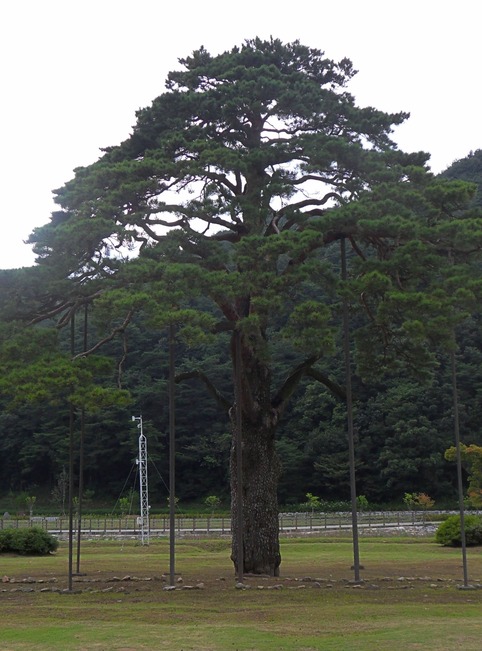Pine tree yellow pollen is a common sight during the spring and early summer months, blanketing cars, sidewalks, and outdoor surfaces with a vibrant golden hue. This natural occurrence is a result of the reproductive process of pine trees, but it can also pose challenges for those who need to clean up the mess. In this comprehensive guide, we’ll explore the size, cleaning methods, and potential health implications of pine tree yellow pollen, providing you with the knowledge to navigate this seasonal phenomenon.
What is the Size of Pine Tree Yellow Pollen Grains?

Pine tree yellow pollen grains are significantly larger than most other types of pollen. Typically, they measure between 60 to 100 micrometers in diameter, which is considerably larger than the average pollen grain size of approximately 10 micrometers. This larger size is due to the presence of two air sacks that give the pollen grain a distinctive “Mickey Mouse” appearance, enhancing its buoyancy and ability to travel long distances in the air.
How Can I Effectively Clean Pine Tree Yellow Pollen?

Cleaning up pine tree yellow pollen can be a challenging task due to its sticky and waxy nature. However, there are several methods and materials you can use to effectively remove it from various surfaces:
What Materials Do I Need to Clean Pine Tree Yellow Pollen?
- Mild soap or detergent
- Water
- Soft-bristled brushes or cloths
- Hose or pressure washer (for larger areas)
What Surfaces Can Be Affected by Pine Tree Yellow Pollen?
- Cars
- Patios
- Sidewalks
- Other outdoor surfaces
How Do I Clean Pine Tree Yellow Pollen from Different Surfaces?
- Cars: Use a mild soap and water to gently scrub the pollen off the surface. Avoid using high-pressure washes, which can damage paint or windows.
- Patios and sidewalks: Sweep or blow the pollen off the surface, then use a hose to rinse it away. For more stubborn areas, use a soft-bristled brush and mild soap.
How Long Does It Take to Clean Pine Tree Yellow Pollen?
The time required to clean pine tree yellow pollen can vary depending on the size of the affected area and the amount of pollen present. Generally, it can take anywhere from 30 minutes to several hours to clean a car or patio.
Can Pine Tree Yellow Pollen Enter the Human Respiratory and Ocular Systems?
Despite its larger size, pine tree yellow pollen can still enter the human respiratory and ocular systems, although it is less likely to do so than smaller pollen grains. Here’s a closer look at the potential health implications:
How Does the Size and Behavior of Pine Pollen Affect Its Ability to Enter the Body?
While pine pollen is larger than most other pollen, its size and shape allow it to travel long distances in the air. The air sacks on the pollen grain reduce its density, making it more buoyant and able to stay suspended in the air for longer periods.
What Are the Health Implications of Inhaling Pine Tree Yellow Pollen?
Inhaling large quantities of pine pollen can still impact breathing or cause coughing, even if it is not as likely to enter the nasal passages and lungs as smaller pollen grains. Allergic reactions to pine pollen are relatively uncommon, but they can occur in some individuals.
Reference:
- https://www.asthmacenter.com/local-pollen-count-pine-pollen/
- https://www.cbsnews.com/boston/news/pollen-count-stop-massachusetts-pine-season/
- https://allerma.com/allergy-trees/pine-spruce-cedar-fir-allergy/
